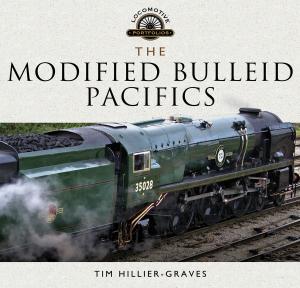| Author: | Ken Otter | ISBN: | 9781526714022 |
| Publisher: | Pen and Sword | Publication: | May 30, 2017 |
| Imprint: | Pen and Sword Maritime | Language: | English |
| Author: | Ken Otter |
| ISBN: | 9781526714022 |
| Publisher: | Pen and Sword |
| Publication: | May 30, 2017 |
| Imprint: | Pen and Sword Maritime |
| Language: | English |
On 22 May 1941 the cruiser HMS Gloucester (The Fighting 'G') was sunk by aircraft of the Luftwaffe during the Battle of Crete. Of her crew of 807 men, only 83 survived to come home at the end of the War in 1945. It is unknown how many men went down with the ship and how many died in the sea clinging to rafts and flotsam during the many hours before the survivors were finally rescued by boats searching for German soldiers who were victims of a previous British naval attack. The fact that Allied destroyers were in the proximity and were not sent to the rescue was a result of poor naval communications and indecision by the local fleet commanders. Gloucester had been low on antiaircraft ammunition and her crew exhausted before being dispatched from the main fleet to search for the stricken destroyer HMS Greyhound. With only HMS Fiji as company, she came under attack from German bombers and when Gloucester's ammunition was finally exhausted she suffered several direct hits and was set ablaze from stem to stern and left out of control.
This book looks at the ship's history and operational successes from her launching in 1937 to her final demise. It includes many firsthand accounts from the surviving crew and the author's painstaking research has revealed the awful truth about one of the Royal Navy's greatest disasters during World War Two.
On 22 May 1941 the cruiser HMS Gloucester (The Fighting 'G') was sunk by aircraft of the Luftwaffe during the Battle of Crete. Of her crew of 807 men, only 83 survived to come home at the end of the War in 1945. It is unknown how many men went down with the ship and how many died in the sea clinging to rafts and flotsam during the many hours before the survivors were finally rescued by boats searching for German soldiers who were victims of a previous British naval attack. The fact that Allied destroyers were in the proximity and were not sent to the rescue was a result of poor naval communications and indecision by the local fleet commanders. Gloucester had been low on antiaircraft ammunition and her crew exhausted before being dispatched from the main fleet to search for the stricken destroyer HMS Greyhound. With only HMS Fiji as company, she came under attack from German bombers and when Gloucester's ammunition was finally exhausted she suffered several direct hits and was set ablaze from stem to stern and left out of control.
This book looks at the ship's history and operational successes from her launching in 1937 to her final demise. It includes many firsthand accounts from the surviving crew and the author's painstaking research has revealed the awful truth about one of the Royal Navy's greatest disasters during World War Two.















